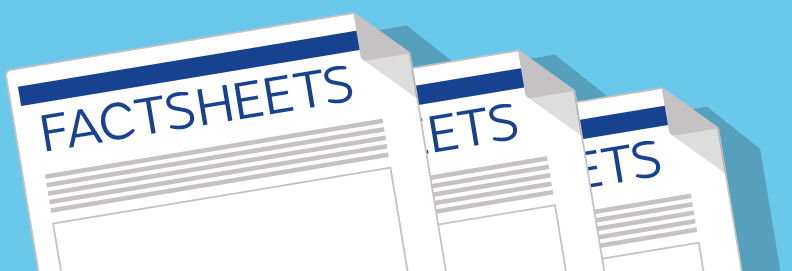Tax-related pension considerations
Post date: 21/06/2022 | Time to read article: 4 minsThe information within this article was correct at the time of publishing. Last updated 21/06/2022
Author: Ian Tongue, Sandison Easson
Despite the changes in recent years, being a member of the NHS Pension Scheme should still provide you with a secure retirement. These changes require you to work longer than previous generations, but the level of contributions payable for the return is still attractive. This article explains some of the recent pension changes and important pension tax-related matters.
The NHS pension schemes
There are three pension schemes within the NHS Pension Scheme itself:
- the 1995 Pension scheme
- the 2008 Pension scheme
- the 2015 Pension scheme.
These schemes each have differing membership terms and are significantly different when it comes to how your pension benefits are calculated. The 1995 pension scheme for consultants and other employed members (non-GPs) is known as a final salary scheme. This means that your pension upon retirement is based on your final salary (the best of the last three years) and your length of NHS membership. Under the 1995 scheme your normal retirement age is 60.
The 2008 scheme is also a final salary scheme but instead of looking at the highest pay in the last three years, it looks at the best three consecutive years in the last ten and uses an average of these. The normal retirement age is 65.
Under both the 1995 and 2008 schemes, your pay is based on being whole time, even if you are part-time. Part-time members have less NHS membership in the calculations.
The 2015 scheme moves away from final salary calculations and concentrates on career average revalued earnings. Think of it like starting with an empty bucket and each year you work you are filling it up. The more you earn, the faster the benefits add up. The normal retirement age is aligned to state pension entitlement, which can be as late as 68.
Following a legal challenge, the way the 2015 pension scheme was introduced was deemed to be illegal, as it was discriminatory based on age. Therefore, most members of the 2015 scheme will have their membership benefits reinstated in the 1995 or 2008 scheme by up to seven more years. This is known as the McCloud remedy. The implications of this are complicated and should be discussed with an independent financial adviser.
Since the legal case and from 1 April 2022, all active members of the NHS Pension Scheme will be members in the 2015 pension scheme.
Pension annual allowance
Due to pension contributions attracting tax relief, HM Revenue and Customs ( HMRC) have limits on how much you can save into a pension each year. The current limit is £40,000, but if you earn more than £200,000 (from all sources) you may see this figure reduced and it can be as low as £4000.
One very important point to understand is that due to the nature of all three NHS Pension schemes, your actual pension contributions deducted from your salary are not considered for comparison with the above annual allowance. Instead, the growth in your pension annually is substituted, and for hospital-based doctors this figure is usually significantly more than the contributions made, especially for those who are members of the 2015 pension scheme.
The growth in your pension can be significantly affected by pay rises, or any increase to full time pensionable pay. This is because the 1995 pension scheme calculations look at your pensionable pay each year and if your salary increases, so do your pension benefits. This link to current pay is generally regarded as positive, but in years where your pay increases beyond HMRC acceptable levels of inflation, you can experience significant pension growth, often well over £40,000.
In a year where you exceed £40,000, you are allowed to look back three years and any spare relief can help mitigate or extinguish the excess. If the unused relief is insufficient, you will have excess pension savings and will face an annual allowance charge. The excess will be charged at your appropriate rate of income tax. This is either added to your taxes due under self-assessment, or you can ask the pension scheme to pay the tax which will result in a reduced pension later (this is known as a scheme pays election). If you have an annual allowance charge you should discuss your options with an independent financial adviser and your accountant.
Pension lifetime allowance
The pension lifetime allowance is another level set by HMRC via government policy and is currently just over £1.07m.
This limit is often misunderstood, with many believing it to be the maximum value of pension that you can have. This is incorrect, but where the value of your pension exceeds the pension lifetime allowance a tax charge is payable on the excess. Any tax charge payable is calculated by NHS Pensions (for NHS-related schemes) and a formula exists to deduct the tax from future pension benefits.
You can be in the position of incurring annual allowance charges and having a pension above the lifetime allowance. If you are in this position, it is important you have a financial adviser with detailed knowledge of the NHS Pension Scheme who can advise you on your options.
Scottish Public Pensions Agency (SPPA)
If you are working in Scotland, your pension is administered by the SPPA. The name may be different, but the tax rules and principles around the pension schemes are the same as detailed above.
Both NHS Pensions and the SPPA have very good information and guides for members on their websites. However, due to the complexity of the pension schemes and related tax rules, it is a wise decision to have both an accountant and independent financial adviser who specialise in the medical profession.
Any questions?
We hope you found the content of these articles useful. If you have financial questions or would like more advice on this topic, please contact Sandison Easson on 01625 527351.
Stay protected throughout your career
Our relationship management team are here to talk to you whenever you’re ready to add private practice protection to your membership. Find out more.
Not a member yet?
Click here to get a quote



